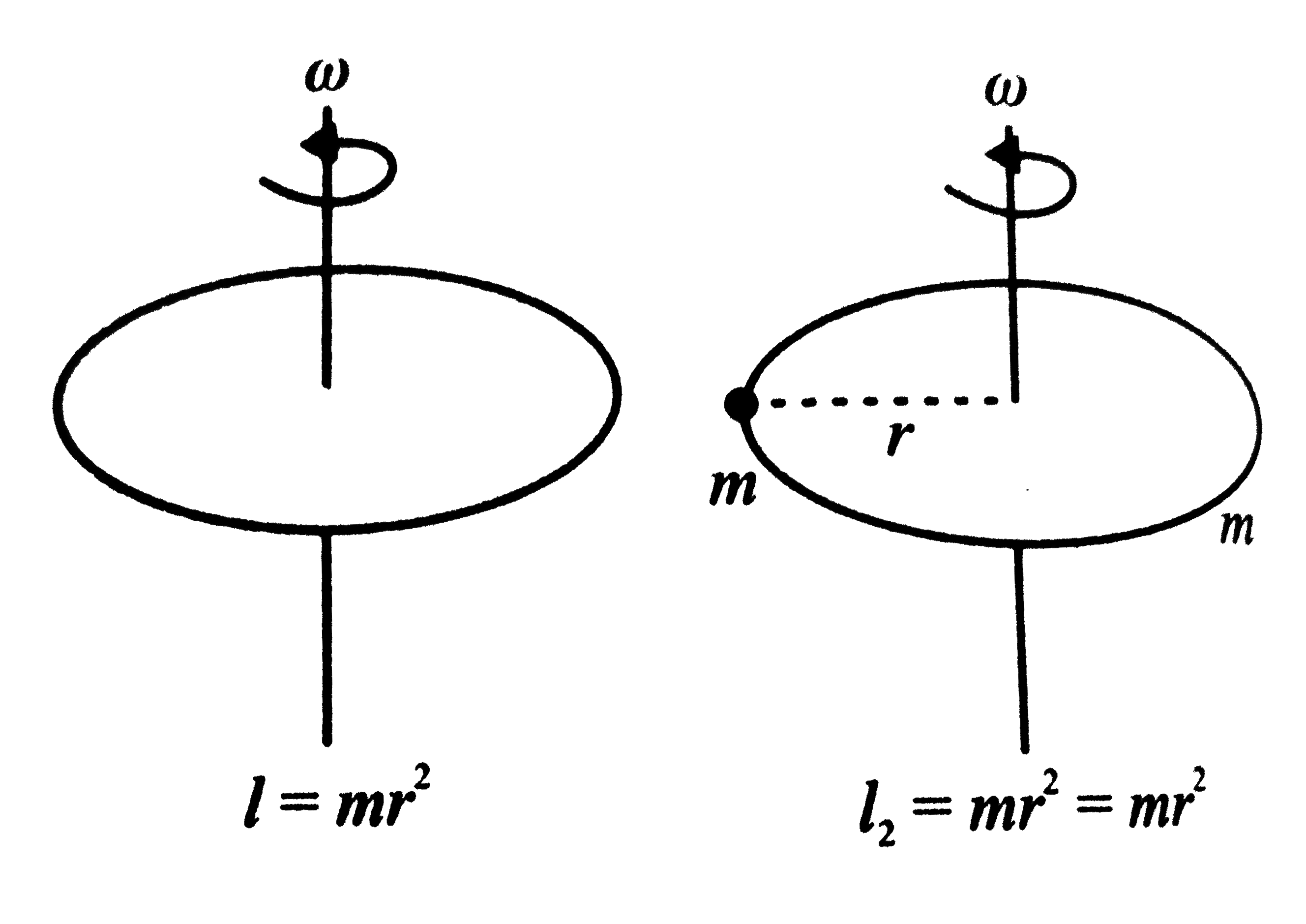A
B
C
D
Text Solution
Verified by Experts
The correct Answer is:
Topper's Solved these Questions
RIGID BODY DYNAMICS 2
CENGAGE PHYSICS|Exercise MCQ_TYPE|14 VideosRIGID BODY DYNAMICS 2
CENGAGE PHYSICS|Exercise AR_TYPE|2 VideosRIGID BODY DYNAMICS 2
CENGAGE PHYSICS|Exercise True/False|4 VideosRIGID BODY DYNAMICS 1
CENGAGE PHYSICS|Exercise Integer|11 VideosSOUND WAVES AND DOPPLER EFFECT
CENGAGE PHYSICS|Exercise Integer|16 Videos
Similar Questions
Explore conceptually related problems
Knowledge Check
A
B
C
D
A
B
C
D
A
B
C
D
CENGAGE PHYSICS-RIGID BODY DYNAMICS 2-SCQ_TYPE
- A thin circular ring of mass M and radius r is rotating about its axis...
Text Solution
|
- Two point masses of 0.3 kg and 0.7kg are fixed at the ends of a rod of...
Text Solution
|
- A mass M moving with a constant velocity parlale to the X-axis. Its an...
Text Solution
|
- A smooth sphere A is moving on a frictionless horizontal plane with an...
Text Solution
|
- A disc of mass M and radius R is rolling with angular speed omega on a...
Text Solution
|
- A cubical block of side a is moving with velocity V on a horizontal sm...
Text Solution
|
- A long horizontal rod has a bead which can slide along its length and ...
Text Solution
|
- A cubical block of side L rests on a rough horizonta surface with coef...
Text Solution
|
- A thin wire of length L and uniform linear mass density rho is bent in...
Text Solution
|
- A equilaterial triangle ABC formed from a uniform wire has two small i...
Text Solution
|
- One quarter sector is cut from a uniform circular disc of radius R. Th...
Text Solution
|
- A cylinder rolls up an inclined plane, reaches some height, and then r...
Text Solution
|
- A circular platform is free to rotate in a horizontal plane about a ve...
Text Solution
|
- Consider a body, shown in figure, consisting of two identical balls, e...
Text Solution
|
- A particle undergoes uniform circular motion. About which point on the...
Text Solution
|
- A horizonral circular plate is rotating about a vertical axis passing ...
Text Solution
|
- A disc is rolling (without slipping) on a horizontal surface. C is its...
Text Solution
|
- A block of mass m is at rest under the action of force F against a wal...
Text Solution
|
- From a circular disc of radius R and mass 9 M , a small disc of radius...
Text Solution
|
- A particle is confined to rotate in a circular path decreasing linear ...
Text Solution
|
